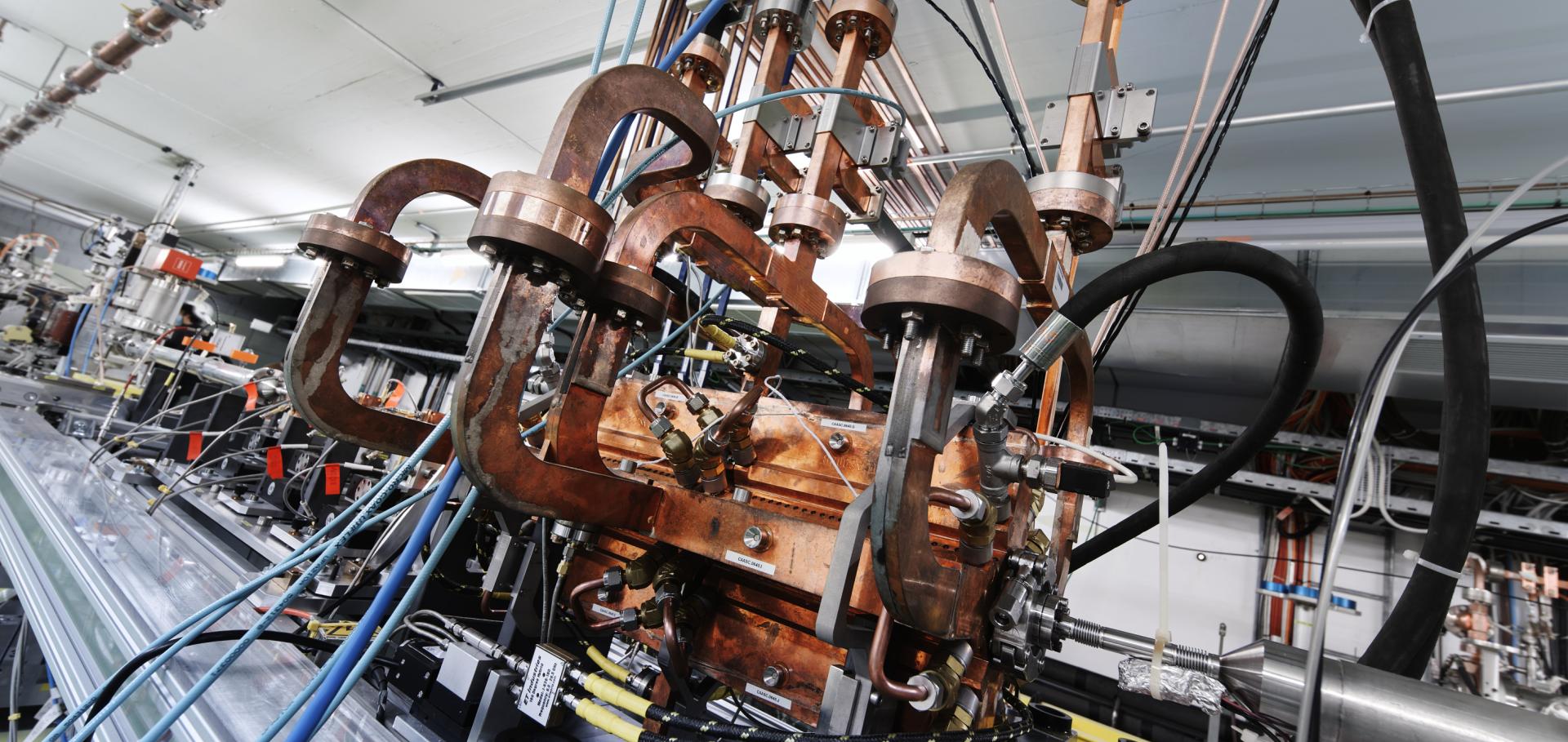DPhil Research
In many lower/middle-income countries (LMICs), access to effective, long term radiotherapy treatment is greatly limited by the reliability of the treatment units. For example, in Madagascar some treatment units have downtimes of 35 weeks per year or greater!
I work with Prof. Manjit Dosanjh and STELLA in the quest to create a reliable, low cost radiotherapy LINAC for deployment in areas such as Africa, Asia and the Balkans. My research focuses on the use of AI and machine learning to utilise diagnostic information from LINAC units and preemptively predict upcoming faults with the machines, allowing new parts to be sourced and installed, greatly reducing machine downtime.
Master's Research
The FLASH effect is a currently unexplained phenomenon, and an exciting area of active research. When exposed to ultra-high radiation dose rates (>40Gy/s) over very short "FLASH" timescales (approx. 100ms), FLASH radiotherapy is shown to selectively exhibit reduced damage to healthy tissue while maintaining potency against cancerous tumour as conventional radiotherapy at absorbed dosages in single or hypo-fractionated treatments.
I worked with part of the CLEAR team at CERN (including Luca Bottura, Alex Gerbershagen, Manjit Dosanjh, Andrea Latina and Cameron Robertson) to help develop a new static VHEE radiotherapy gantry, GaToroid, that is able to operate over FLASH timescales using innovative toroidal quadrupoles to deliver conformal FLASH therapy. My work involved modelling magnetic fields from these toroidal quadrupoles and other magnetic lenses to improve field strength, purity and stability in the apertures using the OPERA finite element solver and the RF-Track python package.


